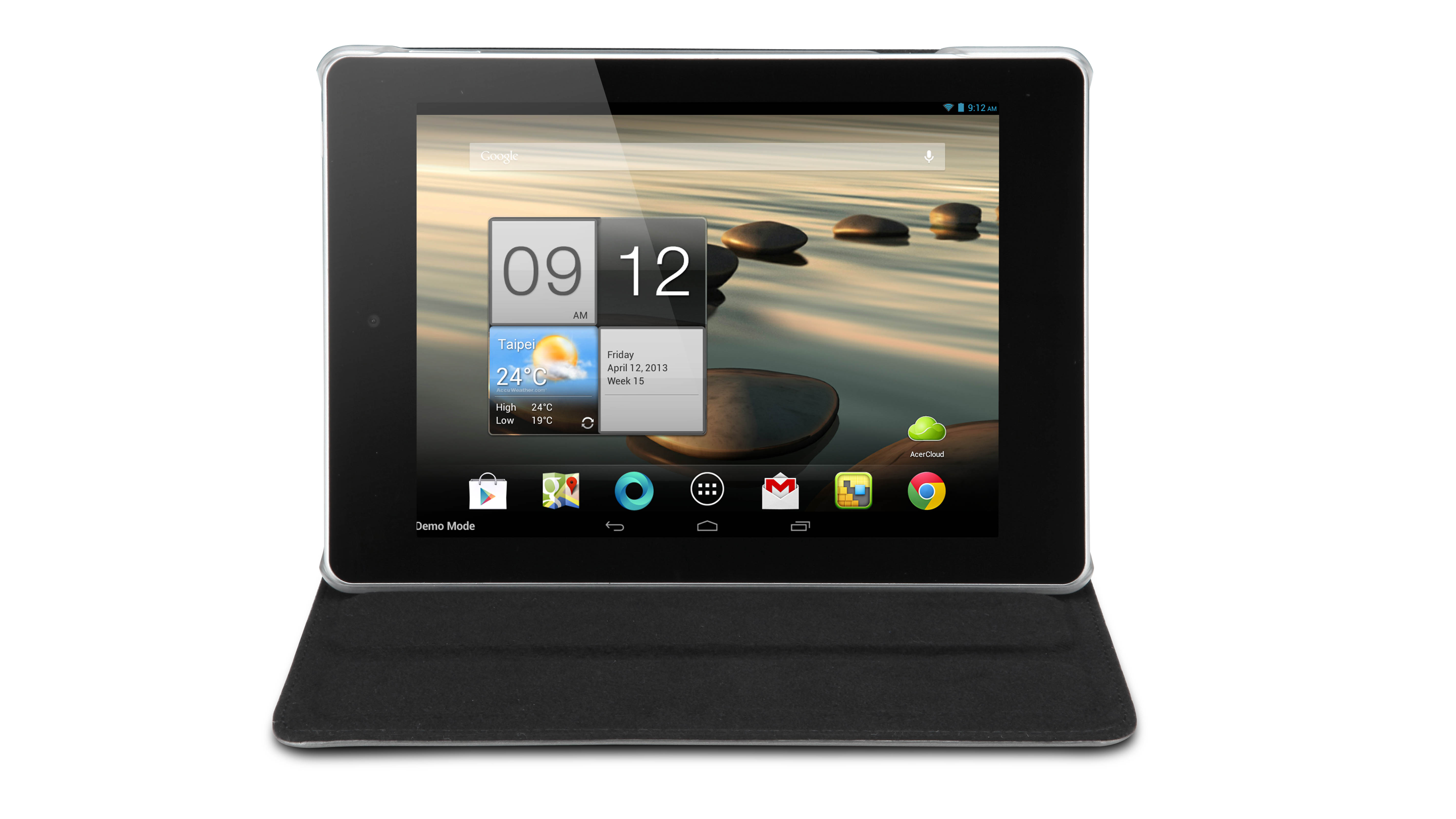TechRadar Verdict
Pros
- +
4:3 screen
- +
Good connectivity
- +
Strong battery
Cons
- -
Better-spec tablets are cheaper
- -
No word on newer Android
- -
Screen poor
Why you can trust TechRadar
The iPad Mini 2 and new Google Nexus 7 might be all the rage in some circles, but they start at £319 / £199 respectively - so what about this £160 tablet?
Weighing 410g (14.5oz), this 8-inch Android alternative is 25 per cent heavier than the original iPad mini, and somewhat thicker at 11.1mm (0.4 inches) slim, too.
The Acer Iconia A1 offers a quad-core ARM Cortex-A9 at 1.2GHz, with 1GB RAM, which wasn't bad at launch - and still holds its own now, although it's been out-done by the quietly impressive Tesco Hudl.
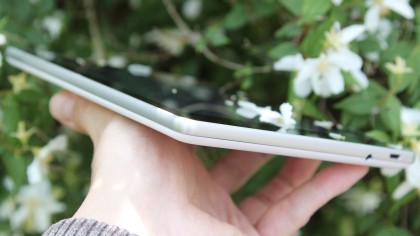
The screen here is nothing on its smaller 7-inch rivals, the Asus Fonepad or even the pricier Google Nexus 7, but it feels much bigger.
In practice this tablet won't avoid comparison to the Nexus 7, but in use the Acer Iconia A1 feels much bigger. The screen's single inch advantage in the diagonal measurement hugely increases the overall screen real estate. Its 4:3 aspect ratio just looks and feels more productive than the smaller Nexus 7's 16:10 shape screen.
In technical terms it matches the iPad mini 2, though the chassis is plastic all over - white on the back and silver at the sides. The screen bezel measures 23mm above and below, and 12mm at the sides, so as such it resembles an iPad mini, if only relatively loosely.
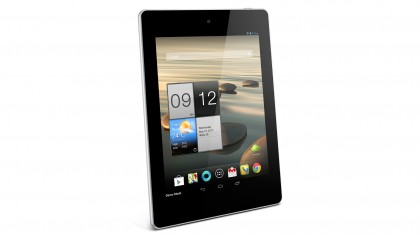
Unlike Apple's mini (Wi-Fi only) effort, GPS features here, which could help put the Acer Iconia A1 in the driver's seat, while it's equipped with cameras back and front that manage five and 0.3 megapixels, respectively.
Sign up for breaking news, reviews, opinion, top tech deals, and more.
Our Acer Iconia A1-810 review sample had 16GB of storage built-in, though only around 12GB was usable. It also had Wi-Fi connectivity, although there's also a 3G option for £40 more.
Features

Like the iPad mini, the Acer Iconia A1-810 has a 4:3 aspect ratio that appeals to us, especially for browsing, though it does mean black bars above and below widescreen movies. It's consequently got the same resolution as its rival, too, with 1024 x 768 pixels on its 8-inch LCD panel.
Physically the Acer has a few hidden gems, with GPS and its quad-core ARM Cortex-A9 1.2GHz processor leading the way.
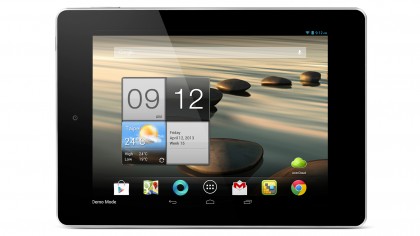
Held in portrait orientation, the left side is completely barren of buttons and connections. On the top is a single standby button on the right, while the bottom hosts a 3.5mm headphones jack and a micro USB slot (for charging and file transfers), also on the right.
The right-hand side hosts the rest of the ins and outs - an HDMI output for routing to a TV and a volume rocker both flank the Acer Iconia A1's microSD card slot.
That's certainly something the iPad mini doesn't offer, and it does mean the Acer Iconia A1's native 16GB storage can be improved upon by as much as 32GB extra. Still, a USB slot, as found on the Acer Iconia Tab A210, would have been great - what a brilliant idea.
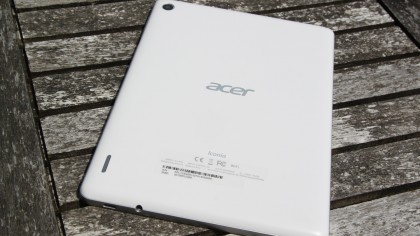
In the centre of the top of the tablet is a VGA camera for video calls and basic selfies, while the rear optic - housed in the right-hand corner as you look at the screen - manages five megapixel images and Full HD video at 30 frames per second.
There's a single speaker on the back of the Acer Iconia A1, so get your headphones at the ready.

Jamie is a freelance tech, travel and space journalist based in the UK. He’s been writing regularly for Techradar since it was launched in 2008 and also writes regularly for Forbes, The Telegraph, the South China Morning Post, Sky & Telescope and the Sky At Night magazine as well as other Future titles T3, Digital Camera World, All About Space and Space.com. He also edits two of his own websites, TravGear.com and WhenIsTheNextEclipse.com that reflect his obsession with travel gear and solar eclipse travel. He is the author of A Stargazing Program For Beginners (Springer, 2015),
